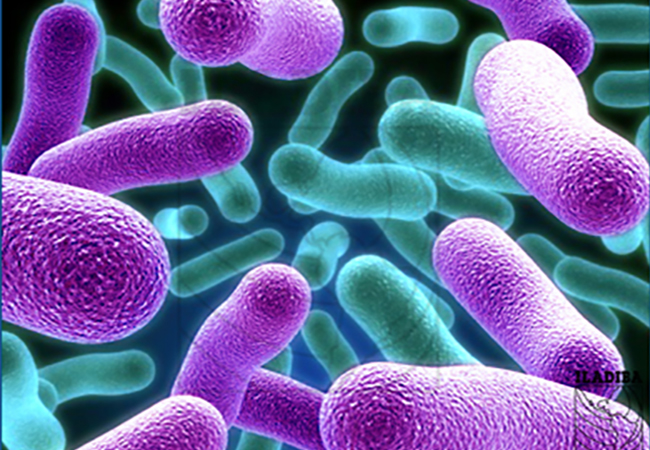
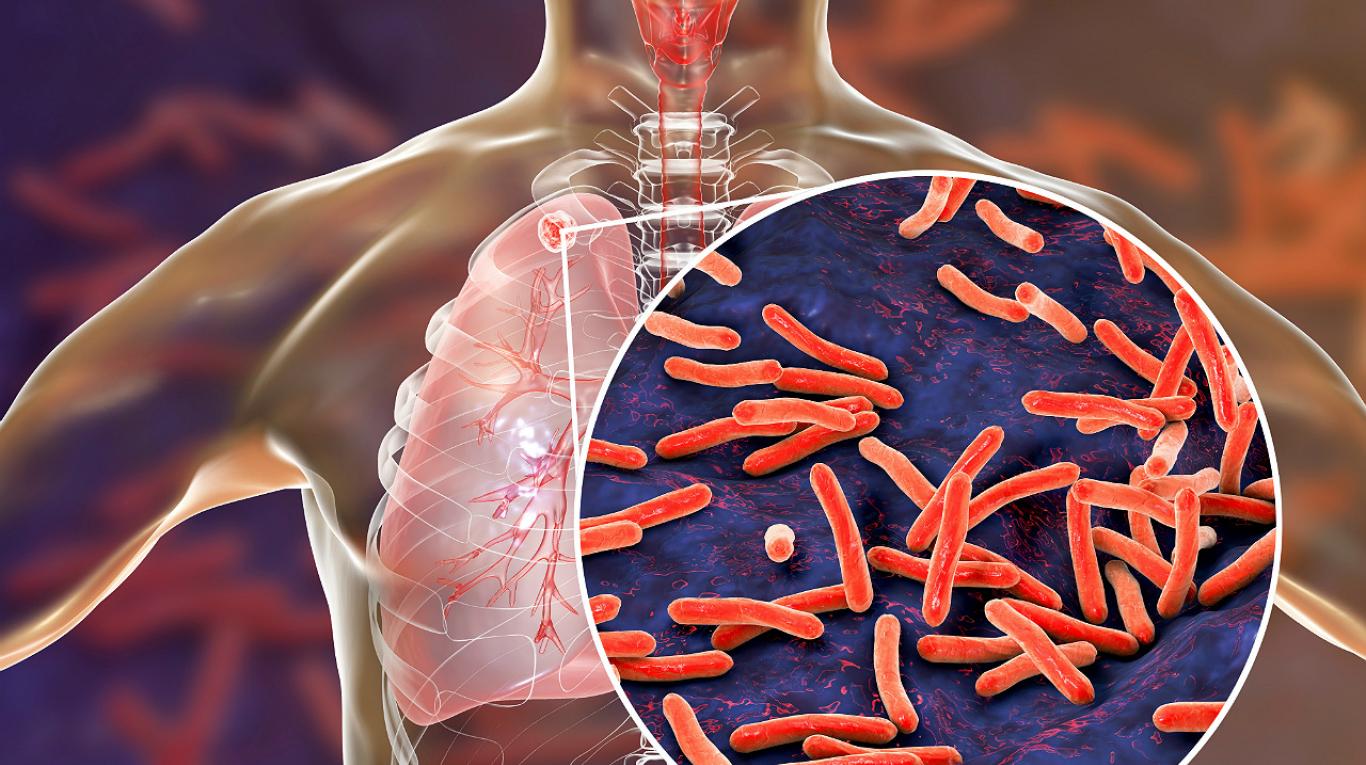
New York by: Ed Hosseinipour R.ph, Specialty Pharmacist Tuberculosis (TB) is caused by a bacterium called Mycobacterium tuberculosis. The bacteria usually attack the lungs, but TB bacteria can attack any part of the body such as the kidney, spine, and brain. Not everyone infected with TB bacteria becomes sick. As a result, two TB-related conditions exist: latent TB infection (LTBI) and TB disease. If not treated properly, TB disease can be fatal.People with HIV are at high risk factor for developing TB.
TB bacteria are spread through the air from one person to another. The TB bacteria are put into the air when a person with TB disease of the lungs or throat coughs, speaks, or sings. People nearby may breathe in these bacteria and become infected.
When a person breathes in TB bacteria, the bacteria can settle in the lungs and begin to grow. From there, they can move through the blood to other parts of the body, such as the kidney, spine, and brain.
TB is NOT spread by:shaking someone’s hand, sharing food or drink, touching bed linens or toilet seats, sharing toothbrushes, kissing
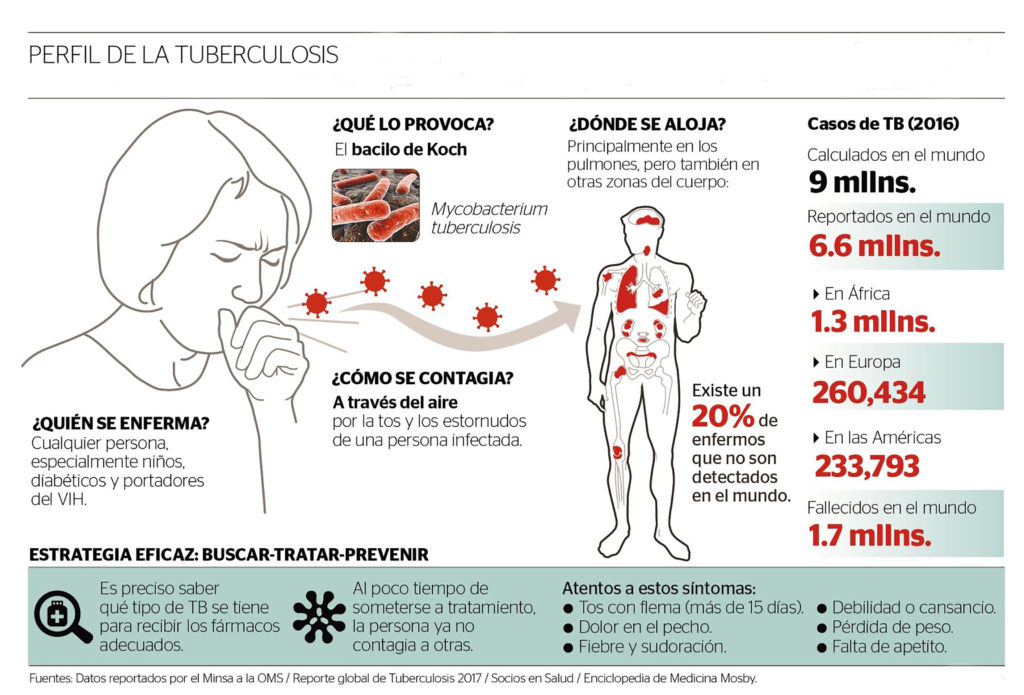
Signs and symptoms. TB bacteria usually grow in the lungs (pulmonary TB). TB disease in the lungs may cause symptoms such as, a bad cough that lasts 3 weeks or longer, pain in the chest, coughing up blood or sputum (phlegm from deep inside the lungs)
Other symptoms of TB disease are ,weakness or fatigue, weight loss, no appetite, chills, fever, sweating at nigh
Exposure:You may have been exposed to TB bacteria if you spent time near someone with TB disease. The TB bacteria are put into the air when a person with active TB disease of the lungs or throat coughs, sneezes, speaks, or sings.
It is important to know that a person who is exposed to TB bacteria is not able to spread the bacteria to other people right away. Only persons with active TB disease can spread TB bacteria to others. Before you would be able to spread TB to others, you would have to breathe in TB bacteria and become infected. Then the active bacteria would have to multiply in your body and cause active TB disease. At this point, you could possibly spread TB bacteria to others
People with TB disease are most likely to spread the bacteria to people they spend time with every day, such as family members, friends, coworkers, or schoolmates.
High Risk Group. Many people who have latent TB infection never develop TB disease. But some people who have latent TB infection are more likely to develop TB disease than others. Those at high risk for developing TB disease include. People with HIV infection, People who became , nfected with TB bacteria in the last 2 years, Babies and young children, People who inject illegal drugs, People who are sick with other diseases that weaken the immune system, Elderly people, People who were not treated correctly for TB in the past
Prevention and treatment.If you have latent TB infection and you are in one of these high-risk groups, you should take medicine to keep from developing TB disease. There are several treatment options for latent TB infection. You and your health care provider must decide which treatment is best for you. If you take your medicine as instructed, it can keep you from developing TB disease. Because there are less bacteria, treatment for latent TB infection is much easier than treatment for TB disease. A person with TB disease has a large amount of TB bacteria in the body. Several drugs are needed to treat TB disease.
TB Disease and HIV:HIV weakens the immune system, increasing the risk of TB in people with HIV. People who have both HIV and TB should be treated for 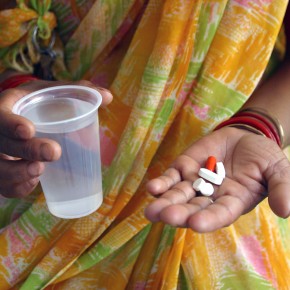 both diseases; however, when to start treatment and what medicines to take depends on a person’s individual circumstances.
both diseases; however, when to start treatment and what medicines to take depends on a person’s individual circumstances.
People with HIV who also have either latent TB infection or TB disease can be treated effectively. The first step is to ensure that people with HIV are tested for TB infection. If found to have TB infection, further tests are needed to rule out TB disease. The next step is to start treatment for latent TB infection or TB disease based on test results.
Fortunately, there are several treatment options for people living with HIV who also have latent TB infection or TB disease. Consult with your health care provider or state or local health department for treatment options.
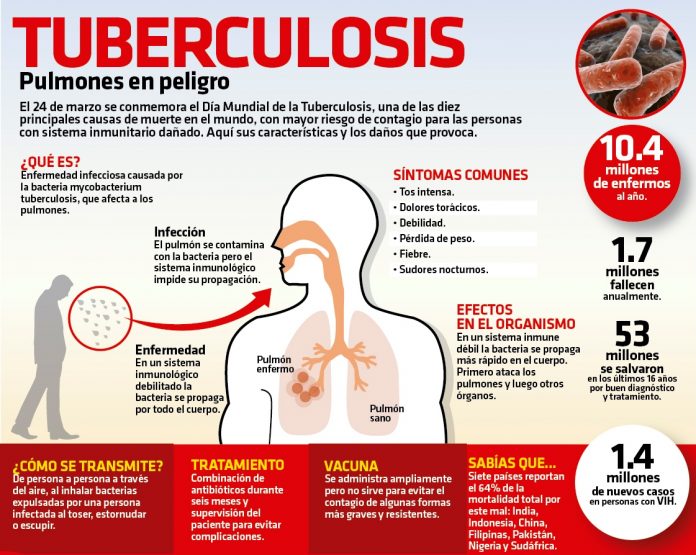
Latent TB Infection and HIV Someone with untreated latent TB infection and HIV infection is much more likely to develop TB disease during his or her lifetime than someone without HIV infection. There are several effective latent TB treatment regimens available for people with HIV.
Should prescribe. the more convenient shorter regimens, when possible, as patients are more likely to complete shorter treatment regimens.
- Twelve weeks of once-weekly Isonaizid and rifapentine (3HP), given by self-administered therapy or directly observed therapy, is the newest CDC-recommended treatment regimen for persons with latent TB infection and HIV and who are taking antiretroviral medications with acceptable drug-drug interactions with rifapentine.
- Four months of daily rifampin is another treatment option. This regimen should not be used in people with HIV who are taking some combinations of antiretroviral therapy. In situations where rifampin cannot be used, sometimes another drug, rifabutin, may be substituted.
- For those taking antiretroviral medications with clinically significant drug interactions with once-weekly rifapentine or daily rifampin, nine months of daily isoniazid is an alternative treatment.
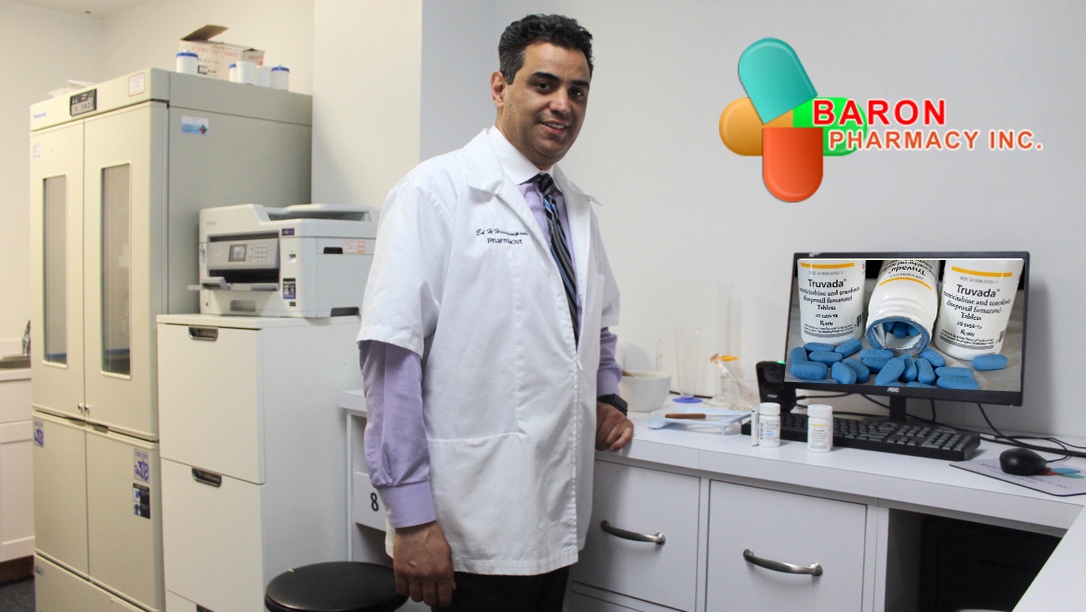
Baron Pharmacy handles many specialty disease states such as TB.our professional staff is prepared to answer any questions you may have regarding TB or any other disease state. Please feel free to contact us in order to make an appointment for a free full assessment with our specialty pharmacist..![]() [ENG]
[ENG]
